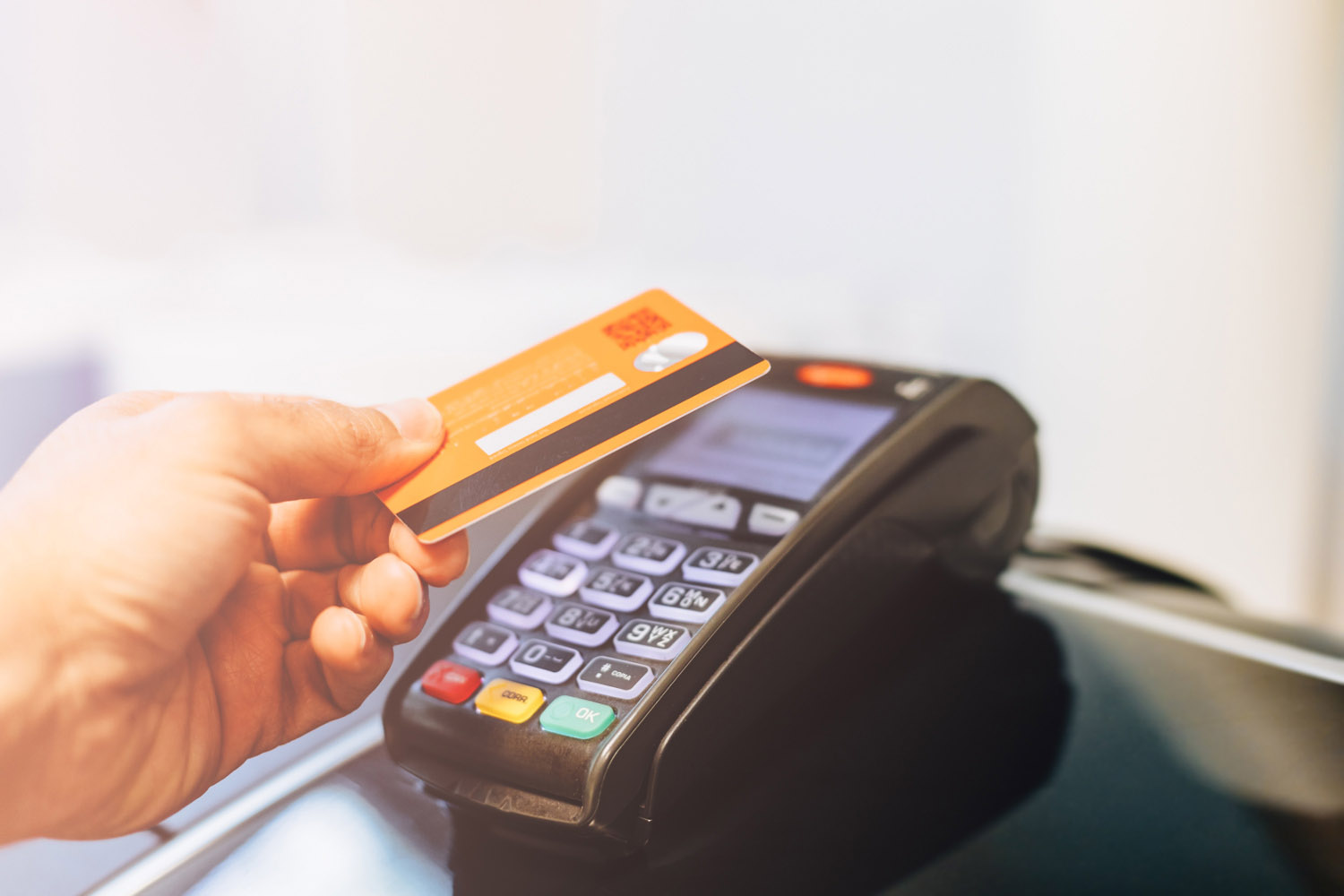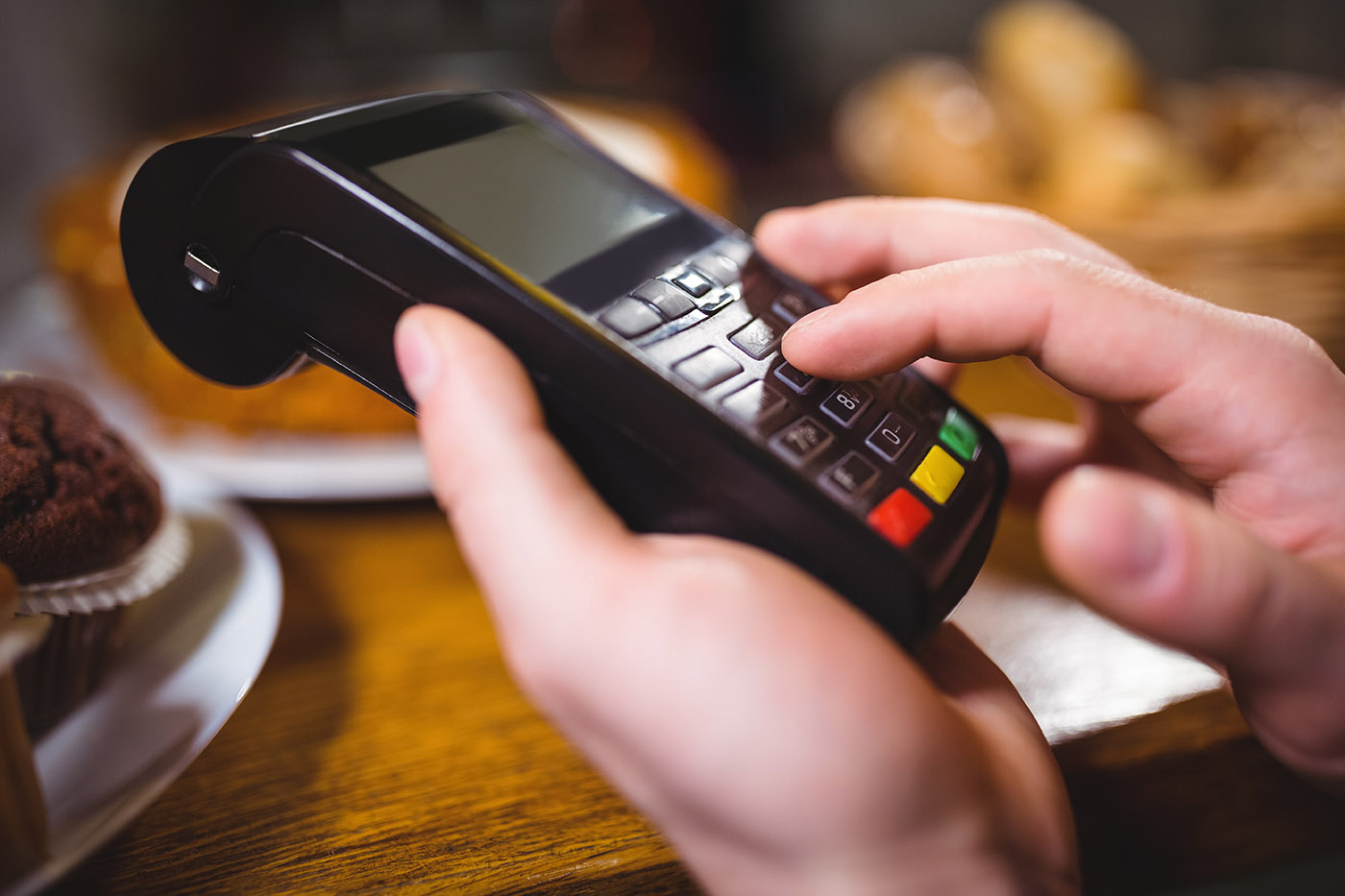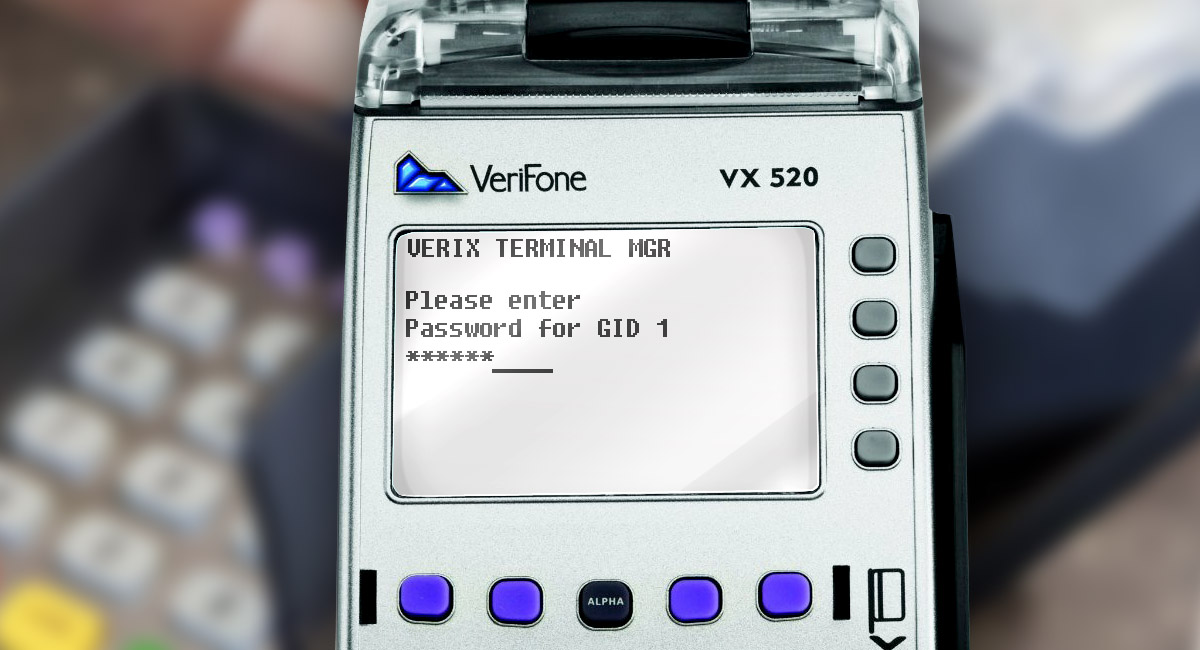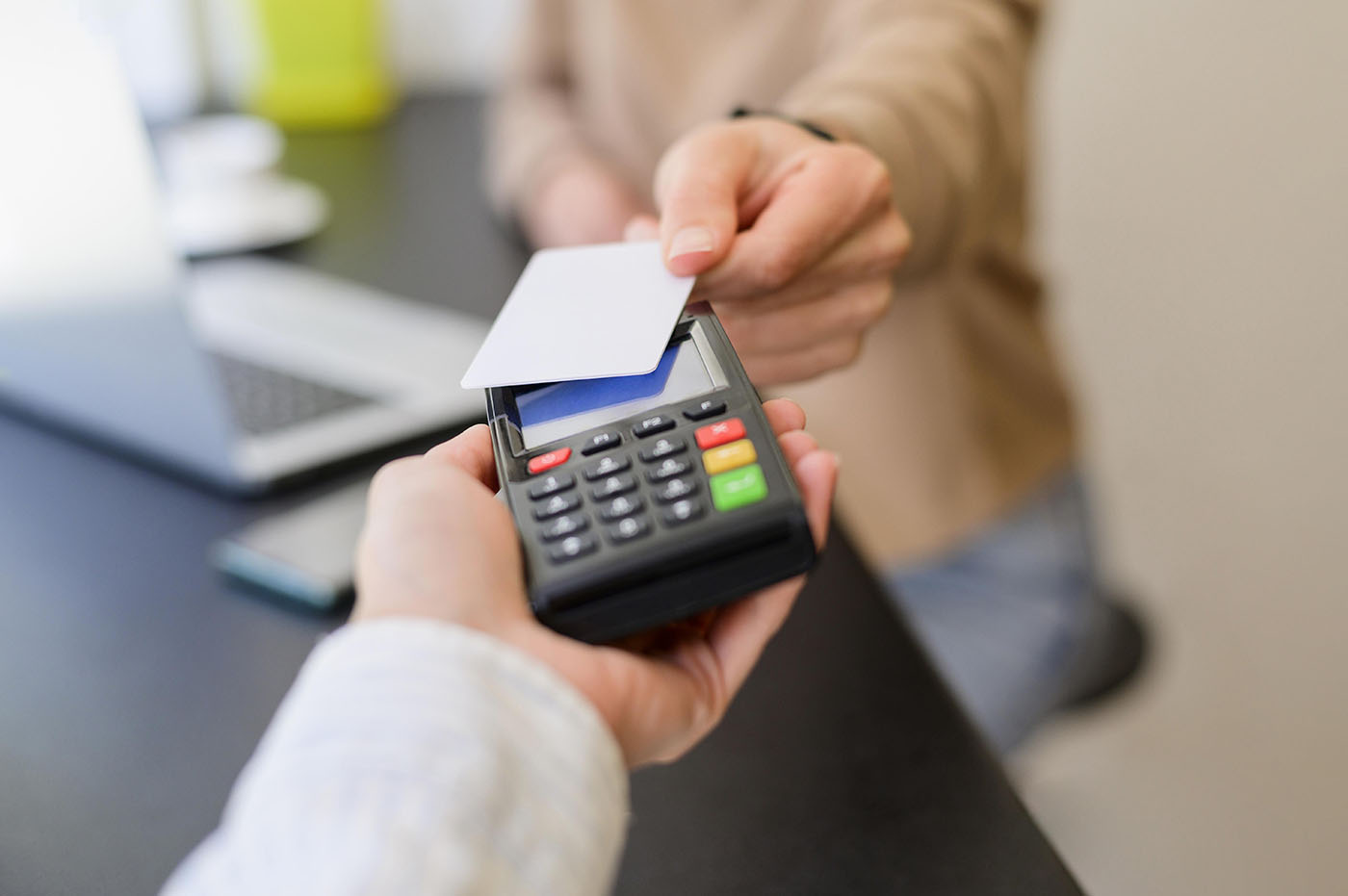Public transport fare payment, its forms, and types are constantly evolving in the direction of increasing the number of ways in which the population receives money. Starting with cash, people can use electronic travel cards and bank cards as possible fare payment methods. Recently, there have been more and more attempts to introduce QR-code payment in transport, although we recognize that this is not the most popular type of payment at the moment. Nevertheless, bankcards (where we also include payment with tokens linked to mobile devices) are one of the most convenient and fast ways to pay for travel.
Indeed, almost everyone has a mobile phone at hand. Many people, entering a bus or trolleybus, already hold it in their hands. And the number of phones on the market that have an NFC chip grows, even in the low-cost segment. However, it is also clear that the adoption of payments by bankcards should depend quite heavily on the technological effectiveness of the transport company, which must provide all its vehicles with means of accepting bank cards. The psychological inertia of the population also plays an important role, because they need to change habits in the matter of payment methods. It would be interesting to see the difference in the structure of fare payment in a large city and a town. It is also interesting to track the dynamics of bankcard payments adoption in a town.
However, in order to review the above situations, you must have complete statistics on transport payments. MST company LLC has its own solution – the JoinPay payment platform, which includes JoinPAY Transport travel card complex. It provides almost all the needs of the carrier to implement the receipt and accounting of cash, non-cash payments, travel card payments (or its implementation in any existing infrastructure of travel cards), payments by QR codes. At the same time, the complex ensures full transparency of all payments and any reporting or analysis of traffic flows, which can significantly facilitate calculating the city's transport network.
Here is the structure of payments on average for the last three months of 2020 for the Delovoy Kvartal transport company in Ekaterinburg, which uses the JoinPay Transport platform. We will exclude QR payments from consideration as unpopular (less than 1 percent of the overall payment structure).
Type of payment
Ratio
Cash
22,9%
Non-cash
77,1%
Table 1. Fare payment structure in a major city.
You can see that almost 80% of payments are made using a non-cash payment method. If we take data on several transport companies from Kamensk-Uralsky, Sverdlovsk region, the distribution pattern looks completely different.
Type of payment
Ratio
Cash
91,2%
Non-cash
8,8%
Table 2. Fare payment structure in a town.
There is a massive potential for switching to cashless payments in cities with a population of about 100-200 thousand inhabitants. Note that this is an average picture and it depends quite strongly on a particular run. There are runs where the percentage of non-cash payments in Kamensk-Uralsky reaches 15, but in general, this difference does not distort the situation dramatically.
We will also assess the dynamics of non-cash payments in Kamensk for the second half of 2019 – the first quarter of 2020.

In general, we can see that the share of non-cash payments is growing, but very slowly. From 7-8 percent at the beginning of the six-month review interval, this percentage increased to 9-10 percent on average.
A significant motivation to improve the situation with the percentage of non-cash payments can be various bonus promotions conducted by payment systems. For example, from 01.03.20, a unique campaign was held on the Delovoy Kvartal buses, in which the fare for contactless card payments was reduced by 10%. The following chart well illustrates the results of the campaign.

It is clear that almost from the start of the campaign in early March, the share of card payments began to grow steadily and by mid-March reached nearly 75%, that is, the growth was about 20-25%.
Summarizing the above, we can say that in general, cashless payment on transport in towns is still quite poorly developed, in contrast to cities with millions of people. It is mainly because transport companies themselves are still poorly aware of how to implement new ways of accepting payments in the most effective way, how to inform passengers correctly so that they can pay in a form convenient for them. Human inertia is also strong in the habits of paying in cash on transport.





